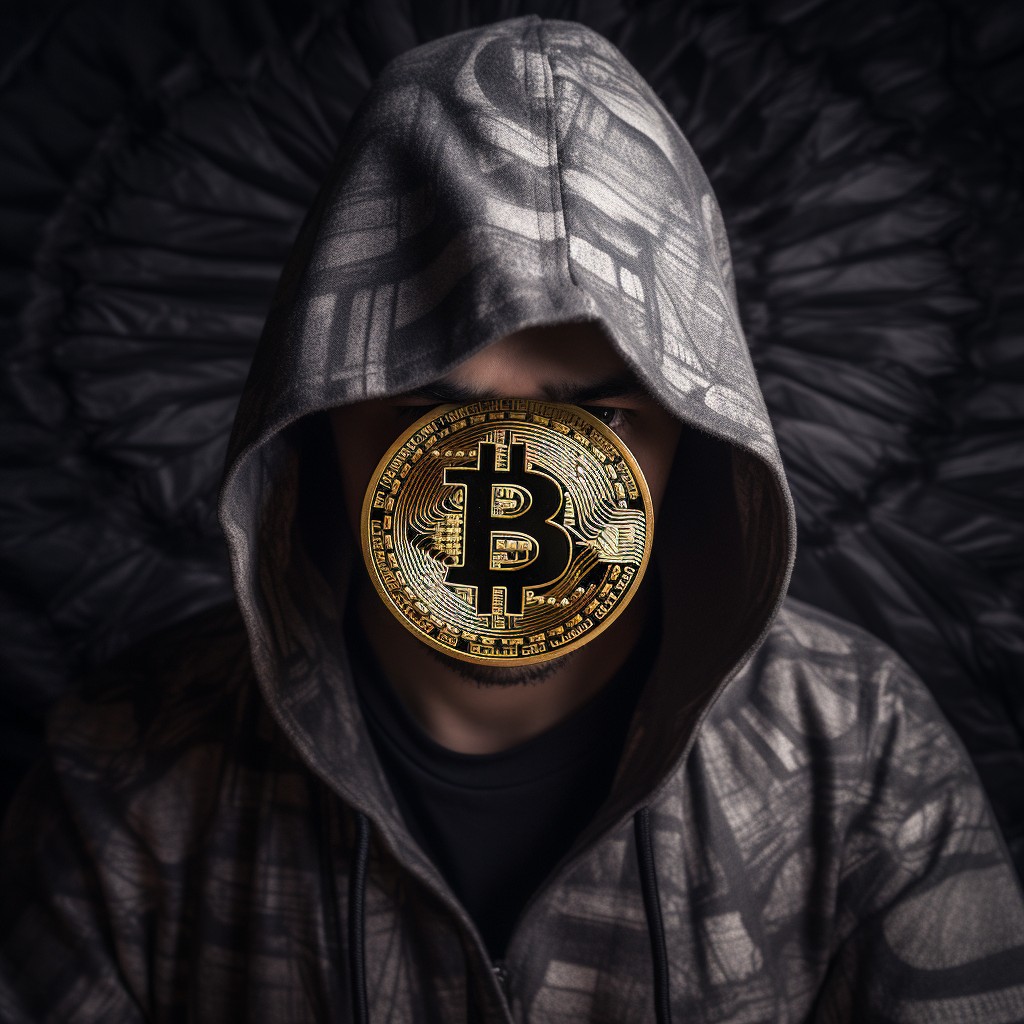In the world of crypto, where anonymity often reigns supreme, one name stands out as both an enigma and a revolutionary force—Satoshi Nakamoto. The elusive creator of Bitcoin, Nakamoto, introduced the concept of decentralized digital currency in 2008 through the publication of the Bitcoin whitepaper, igniting a financial revolution that would disrupt traditional banking systems and challenge the very foundations of monetary control.
However, despite Nakamoto’s ingenious design and foresight, an underlying flaw in the structure of Bitcoin has unwittingly paved the way for what could be considered his fatal error—a vulnerability to regulatory takeover.
Satoshi Nakamoto and the Bitcoin legacy
Bitcoin was birthed out of the pain of the great recession that hit the globe from 2007 to 2009. Bitcoin, dubbed a peer-to-peer electronic cash system, was designed to free people from the constraints of centralized financial institutions.
Satoshi Nakamoto’s concept was to provide consumers with financial liberty by eliminating intermediaries and establishing a transparent, censorship-resistant financial ecosystem.
English literature certainly benefits the creative class, and it would be erroneous to assume that financial investors and techie gurus do not require grammatical proficiency. As an illustration, a (B) and a (b) have caused disorder in the BTC ecosystem. Here’s how Satoshi Nakamoto slipped up grammar.
According to market analysts, Satoshi Nakamoto made only one mistake, which some feel is the source of confusion among Bitcoiners who back spam.
Spam transactions in Bitcoin refer to transactions that flood the network with low-value or unnecessary transactions, causing congestion and potential disruption. This practice is often done maliciously or inadvertently to test network capacity or disrupt normal operations.
Satoshi Nakamoto used the same name, bitcoin, to describe two distinct concepts: the asset and the network. Here’s an understanding: they’re interdependent but have completely different properties.
The network, rather than the asset, is decentralized, permissionless, and censorship-resistant.
The asset, rather than the network, is divisible, portable, scarce, and durable.
Crucially, in order to benefit from the asset’s properties, access to the network is required, and vice versa.
It is now obvious that in order to benefit from the asset’s features, access to the network is required, and vice versa. Analysts believe that people who defend spam by claiming that “Bitcoin is for enemies” fail to understand the critical contrast between the asset and the network.
The principle is simple: Bitcoin = Network, and bitcoin = Asset.
What are the reasons regulators have to come after BTC?
While Satoshi Nakamoto had good intentions, that definition and distinction left regulators a loophole to come after the digital asset. Government arms such as the United States CFTC and the SEC worry about bitcoin’s stability, and without the network and asset understanding, they have come for the Bitcoin network.
This has been done indirectly by censoring crypto exchanges such as Binance, Kraken, FTX, Huobi, and Coinbase. Bitcoin’s decentralized nature and lack of backing by any government raise concerns about its stability and potential impact on traditional financial systems.
Regulators worry about the potential for financial instability and contagion, especially if cryptocurrencies are not properly regulated. Stronger financial regulation and global standards are seen as measures to address these concerns.
Gary Gensler’s take on crypto regulation
The head of the United States Securities and Exchange Commission (SEC), Gary Gensler, has consistently stated that all digital tokens, with the exception of Bitcoin, are subject to SEC jurisdiction.
Bitcoin, he claims, is a commodity. In an interview with New York Magazine in February, Gensler stated, “at the core, these tokens are securities because there’s a group in the middle, and the public is anticipating profits based on that group.”
Gensler is alluding to the Howey Test, which is based on a 1946 Supreme Court decision in the SEC v. W.J. Howey Company case. Howey sold citrus groves to Florida customers, who leased them back to the corporation, which subsequently cultivated the plants and sold the oranges on their behalf, splitting the profits.
Howey later declined to register with the SEC, claiming that its transactions were not investment contracts. Howey lost the case when the court determined that the leaseback arrangements were indeed investment contracts, hence establishing the Howey test.
The crypto market is at a standstill awaiting the approval of the BTC ETFs, as many analysts had called for a January 10th deadline. In the wait, Gary Gensler has something to say:
The SEC commissioner emphasized that crypto investors “should understand they may be deprived of key info” and “other important protections” as a result of their investment. The SEC chairman emphasized:
Investments in crypto assets also can be exceptionally risky & are often volatile. A number of major platforms & crypto assets have become insolvent and/or lost value. Investments in crypto assets continue to be subject to significant risk.
Gary Gensler
In the near future, if BTC ETFs are approved, crypto investors will be able to draw a line between regulators and Satoshi Nakamoto’s financial freedom plan. Who really has their best interests at heart: Financial protection through Gary Gensler or financial freedom through the pseudonymous Satoshi Nakamoto?


